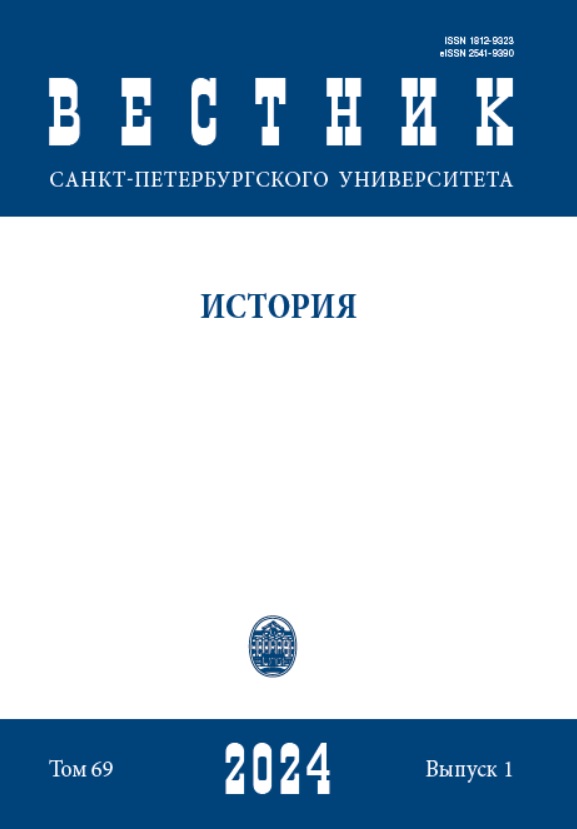Heraldic Tracts in the Tudor and Stuart England
DOI:
https://doi.org/10.21638/spbu02.2024.106Abstract
In the late 16th–17th centuries both heraldic and chivalric practices and heraldic literature were flourishing in England. The article reconstructs the repertoire of the heraldic tracts written under the Tudors and the Early Stuarts. These sources represent an especially significant complex for the study of the rise of the social as an autonomous sphere. Heraldic and paraheraldic tracts can be divided into three categories in accordance with the structural organization of the texts: displays of heraldry, tracts about nobility, and catalogues of nobility. Each category is characterized by its peculiar themes within a broad heraldic spectrum. The tracts concerning nobility revealed the substance of the phenomenon, defined and structured its analytical parameters; therefore, the boundaries of the nobility were determined and specified. Heraldic displays, in addition to their practical and didactic functions, visualized the abstract notion of “nobility” and impressed this concept upon the minds due to a wide range of associations, which were revived in the process of interpretation of the heraldic symbols. Finally, the catalogues of the nobility concretized nobilitas in its visible boundaries and/or historical dynamics. Taken as an intertext owing to the compilations and mutual citations, these three types of the heraldic narratives created the space where the autonomization of the social was developing. The crucial factor in this process was the multi-dimensional nature of the definition of the concept of nobility. The evolution of the heraldic tracts illustrated important and large-scale processes: 1) the evolution of the perception of the English constitution not as the corpus of practices, but as the complex of practices and texts, which not only fixed the custom but also made its interpretation possible; 2) the rise of the social in the Early Modern
intellectual discourse.
Keywords:
Heraldry, College of Arms, society, stratification, the Tudors, the Stuarts, England
Downloads
References
Downloads
Published
How to Cite
Issue
Section
License
Articles of "Vestnik of Saint Petersburg University. History" are open access distributed under the terms of the License Agreement with Saint Petersburg State University, which permits to the authors unrestricted distribution and self-archiving free of charge.





